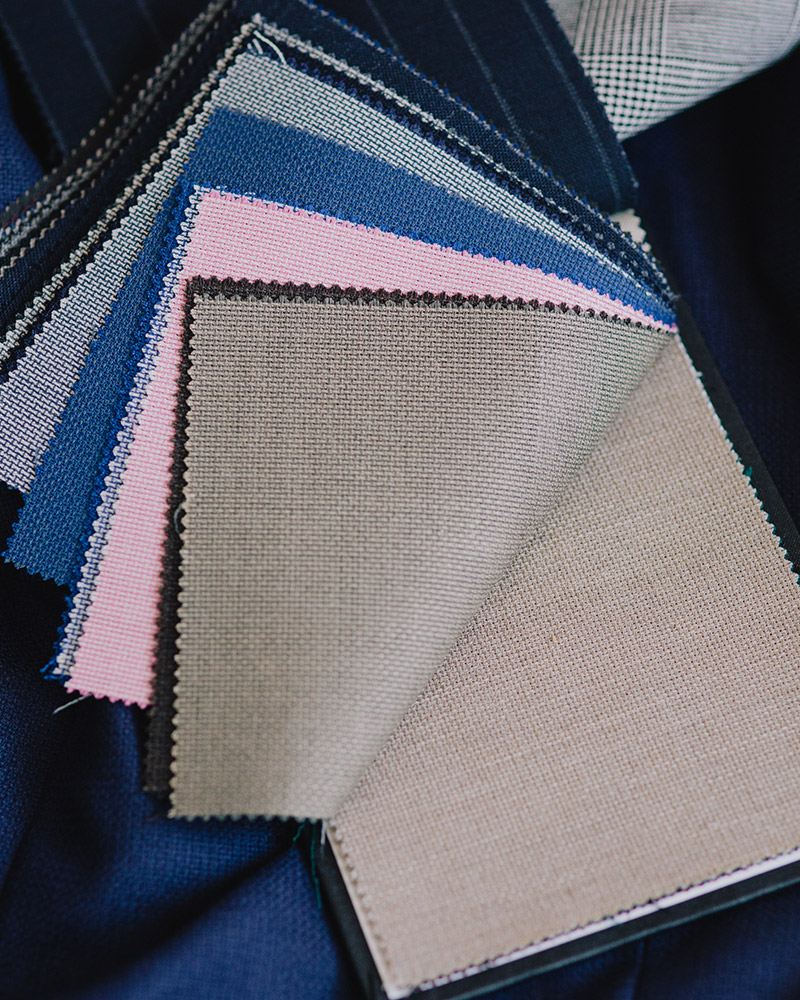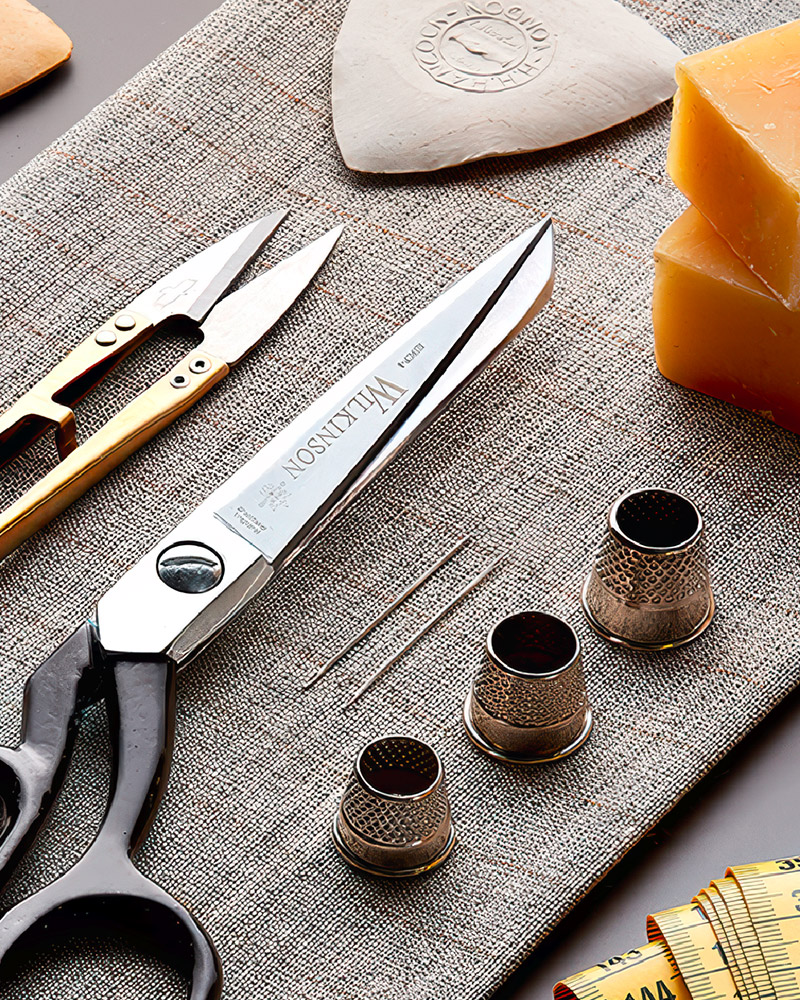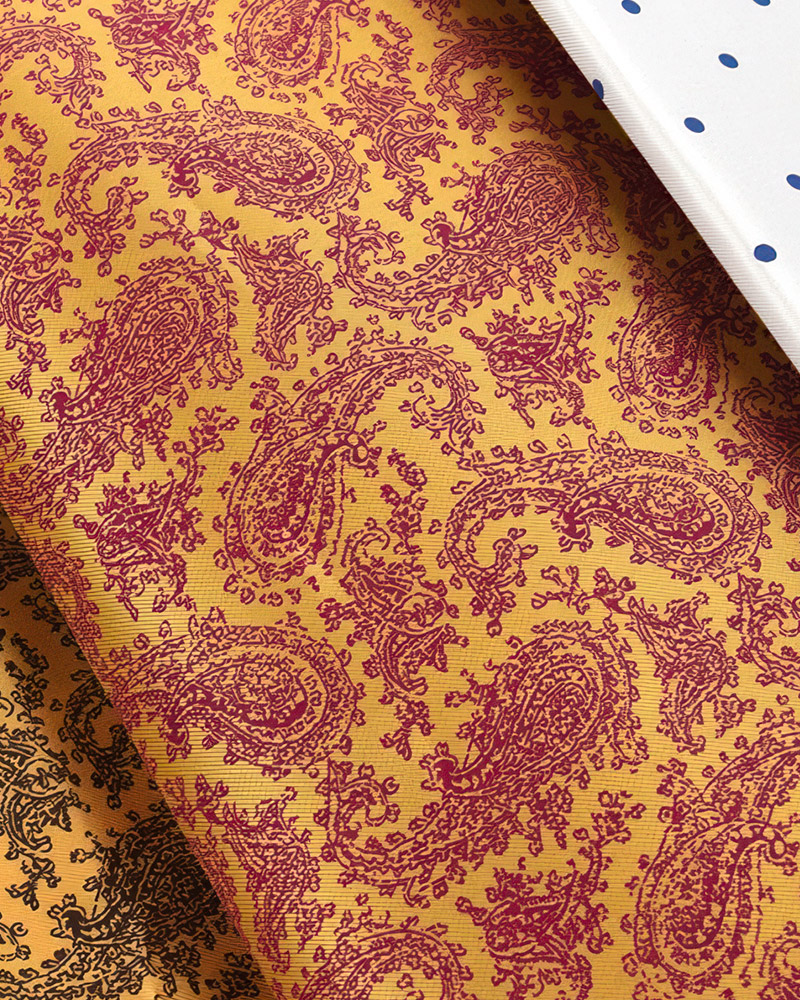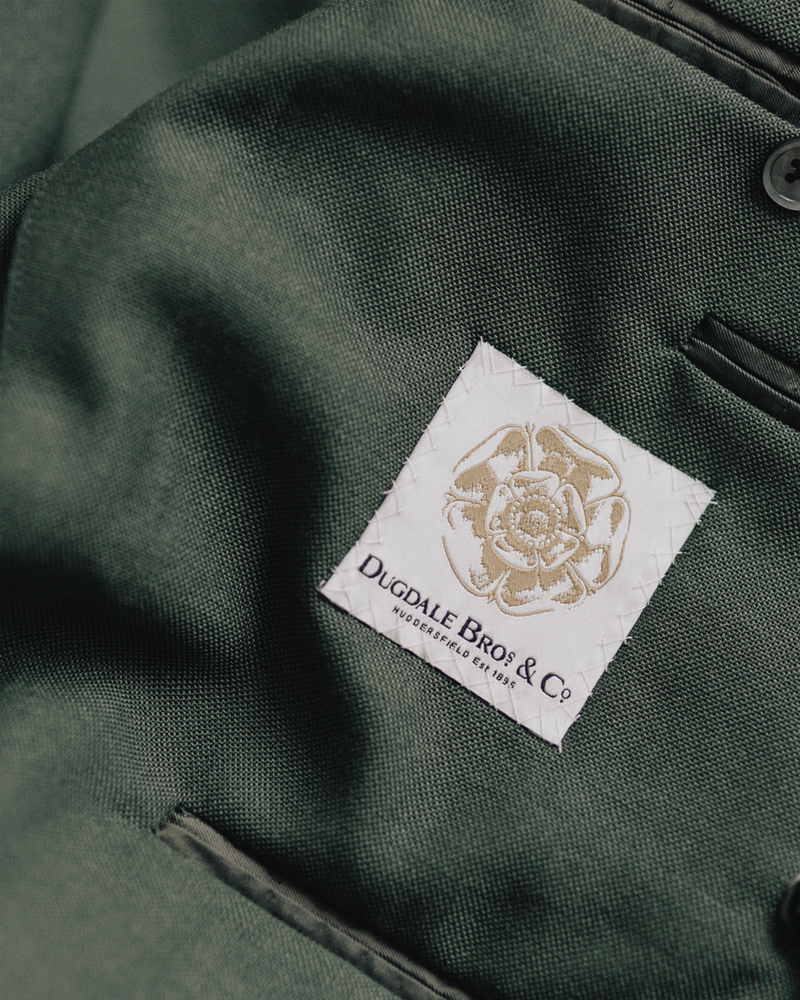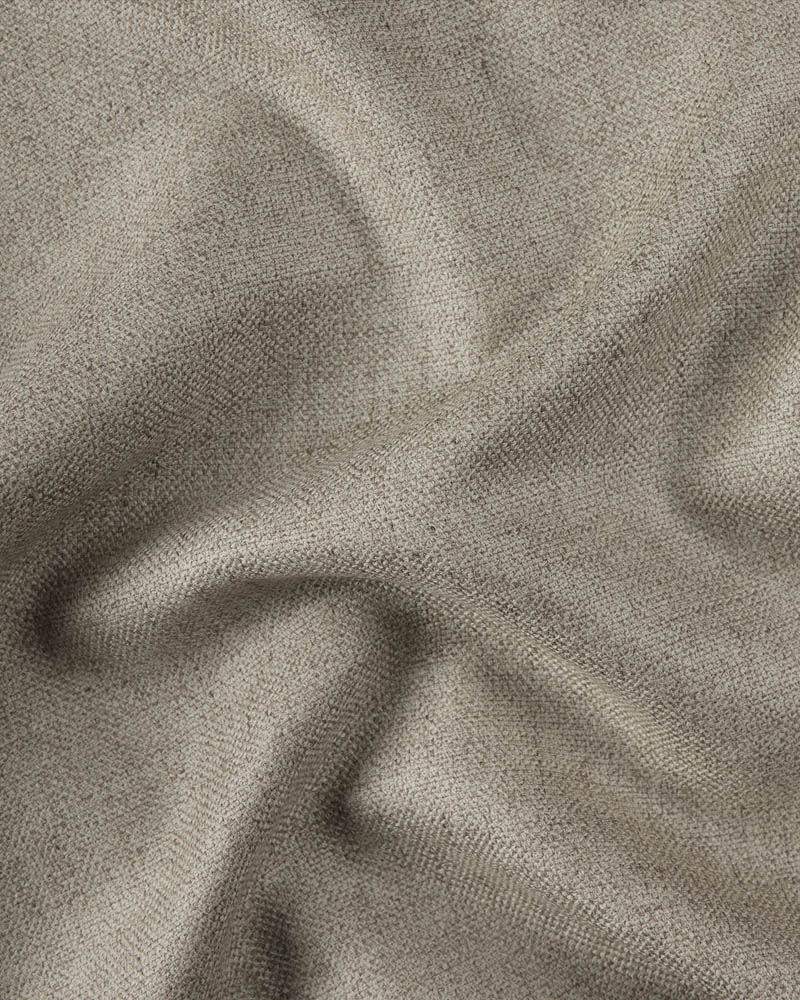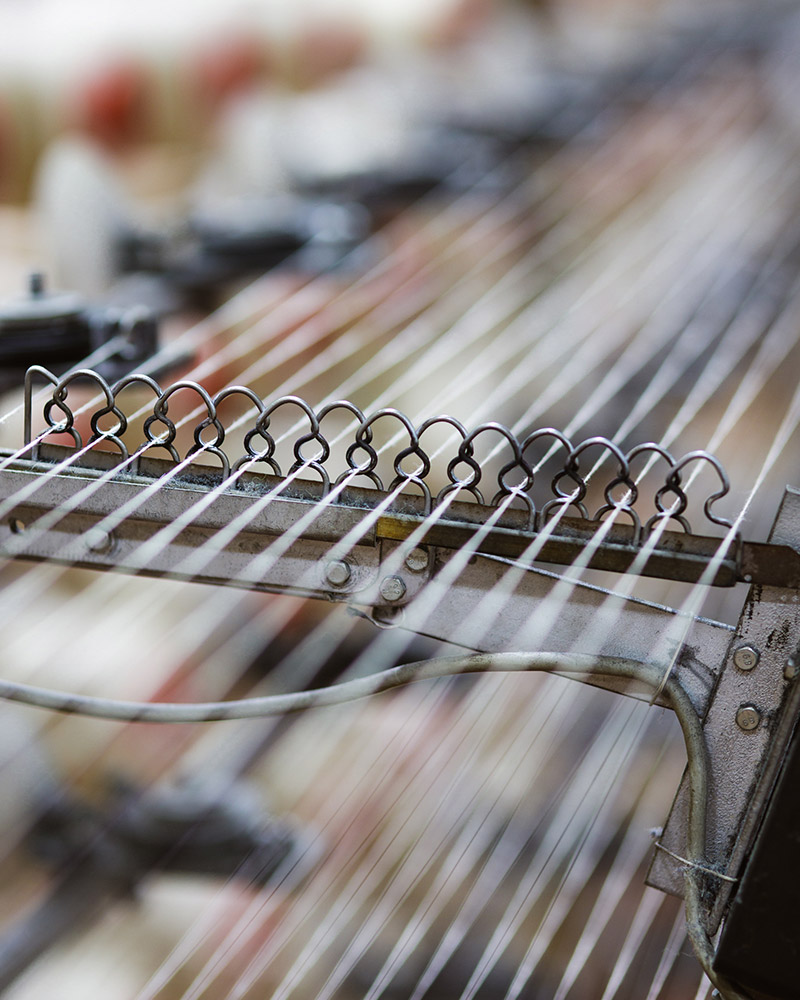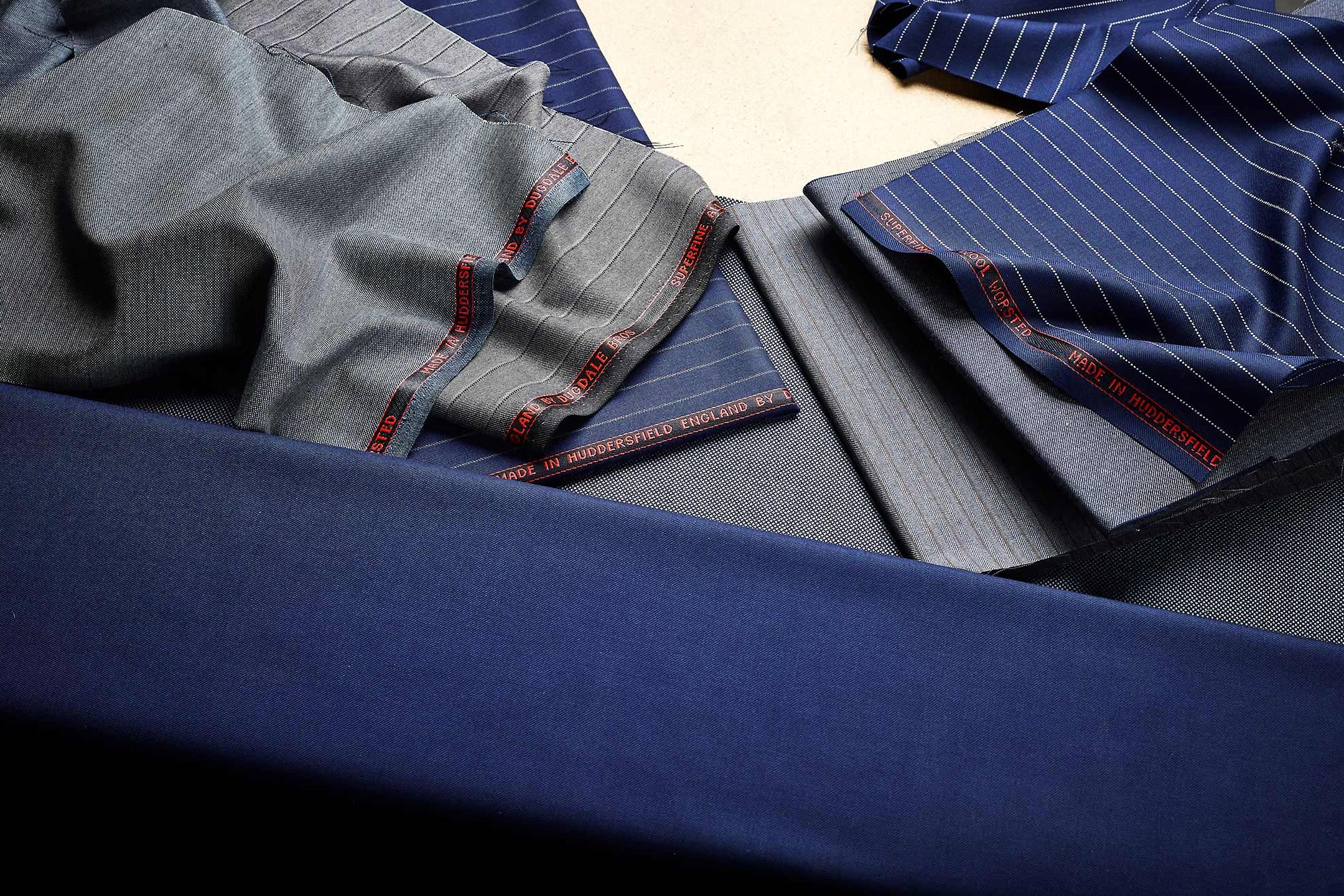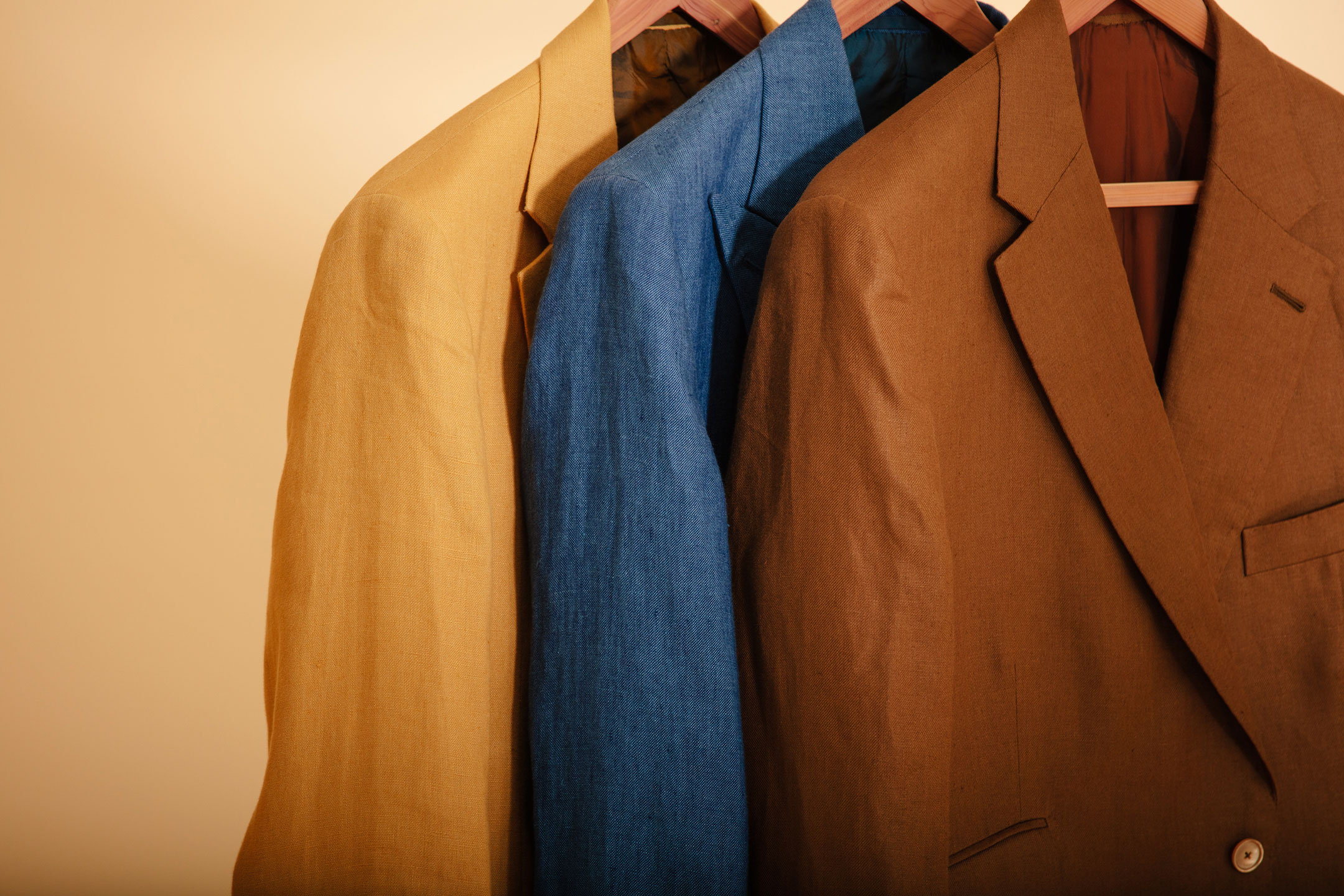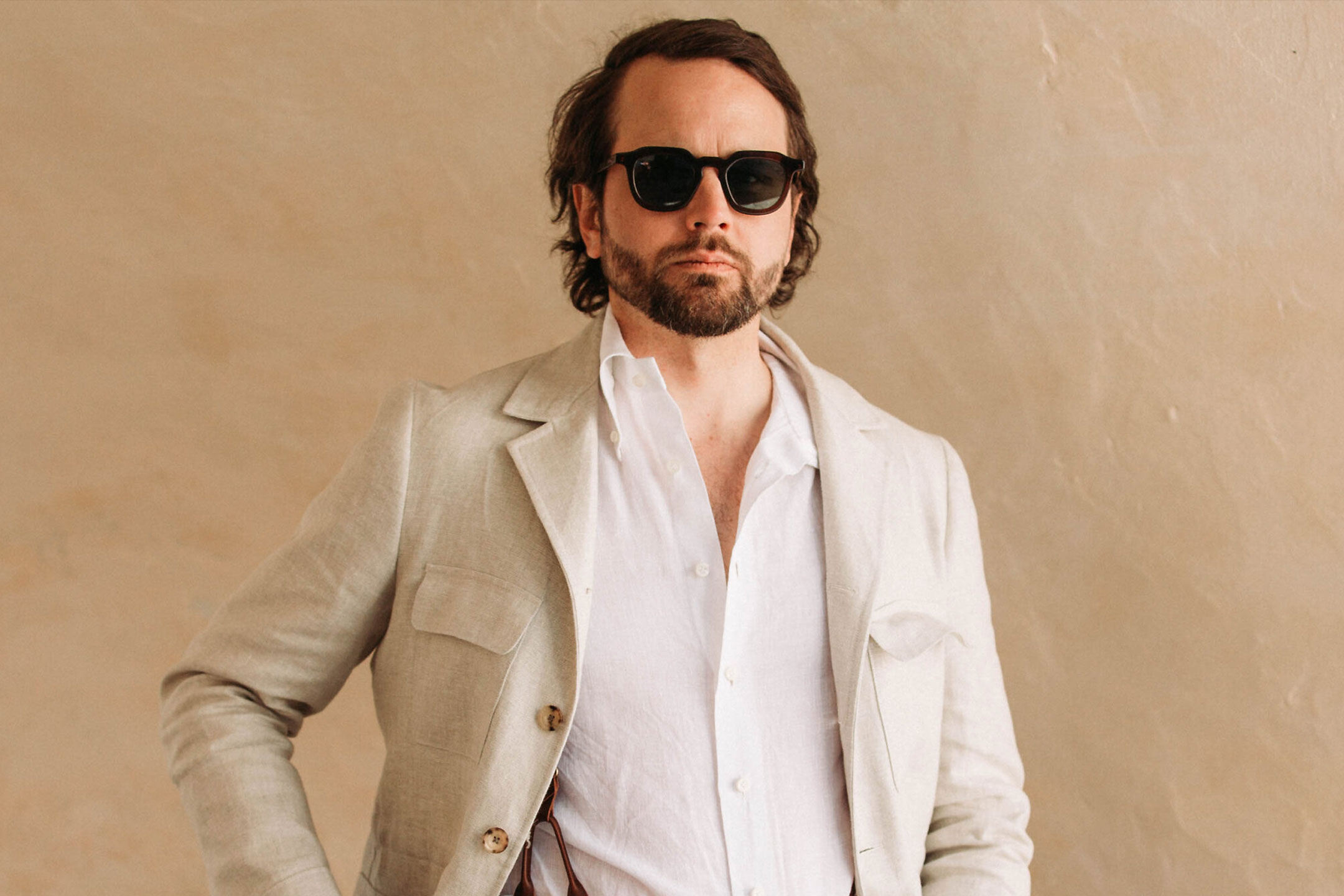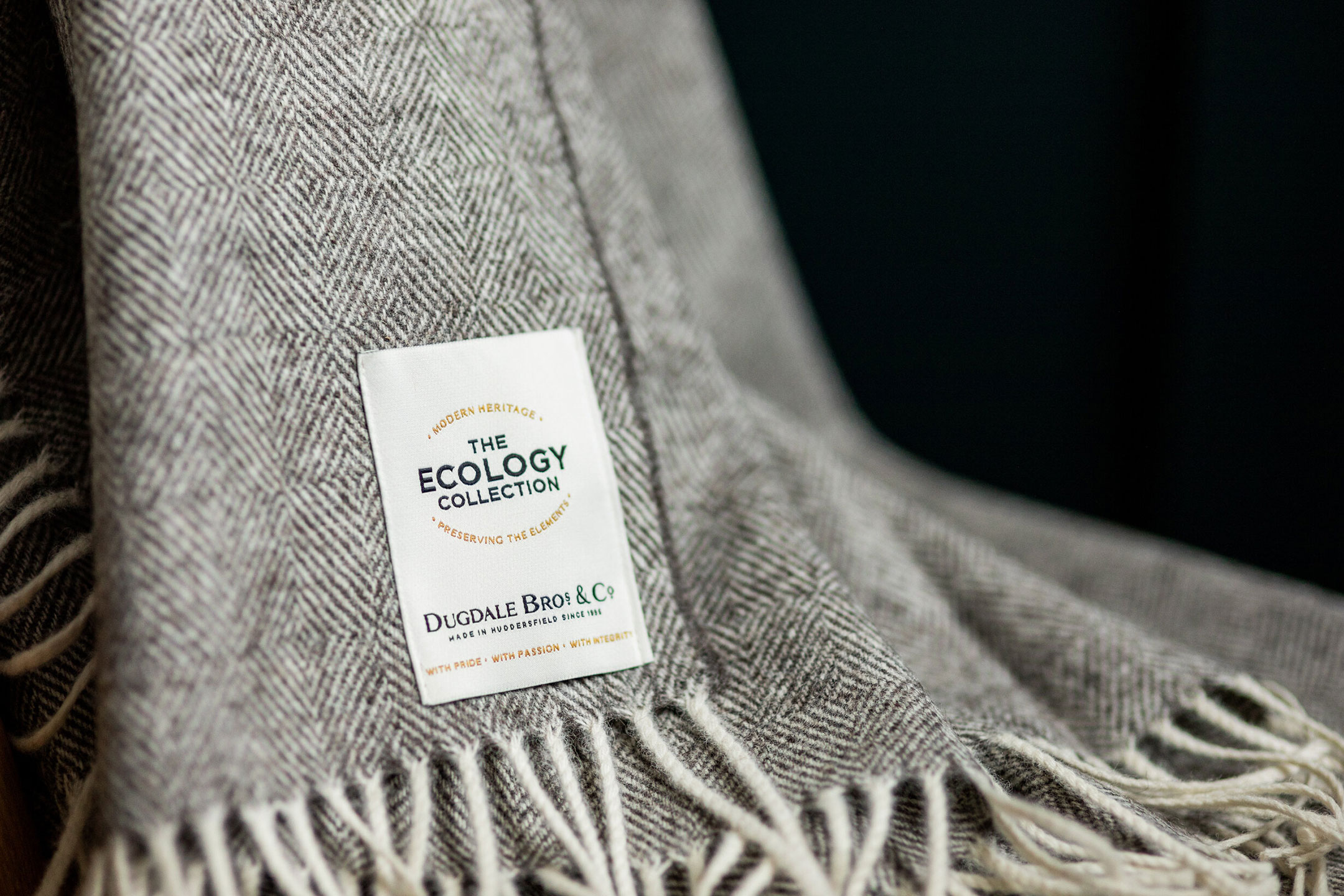Have language barriers, currency changes, etiquette and culture ever caused you any difficulties? How did you overcome them?
We have been visiting clients around the world for many years now, so have grown accustomed to the idiosyncrasies of a huge variety of cultures and customs. Being aware of and sensitive to different practices and etiquette is, of course, essential for any traveller.
One country that stands out in this respect is Japan, where we have a steadily growing base of valued customers. Each time I visit, I find myself in awe of the prevailing centrality that tradition has within modern life there. Practices such as remembering to remove your shoes when you enter a smart restaurant or sitting on the floor to eat, certainly take some getting used to, but are precisely what makes the travel so rewarding.
I think it’s worth mentioning that being a British brand, we are lucky that most of the world speaks English, so there are rarely any language barriers. I try not to take this for granted, and make an effort to learn a few key phrases before arriving – it shows respect and willing, even if no one can understand me!
Did you get any support when you wanted to trade abroad? Who from, and was it helpful?
Certain services that would have been helpful – such as the Department for International Trade (formerly UK Trade & Investment) – were only brought to our attention after we had already established our export operations. So we have largely relied on support in the form of peer advice and word of mouth recommendations. It can be difficult to research and identify the right distribution partner within new overseas markets, so we do seek assistance when we can in this arena – although always on a case by case basis, as no two territories are the same.
What advice would you give to someone just starting to explore overseas markets?
Do your research thoroughly before attempting anything, and make sure there is a demand for your product within the marketplace. For instance – ignoring the fluke Derby Tweed example I gave earlier – we know that it is very difficult to sell heavy, rustic cloths in China due to the climate, so be sure that people actually want what you’re offering them.
Finally, don’t give up.
Where next? What markets are you looking into and where do you see the company in 5 years time?
We have covered most markets, but are yet to break into South America and Russia. South America is our next target – particularly those countries that have an affinity for British goods, such as Chile, Argentina and Colombia. Plus, rather than exclusively expanding our distribution, we are also intending to explore other avenues of usage for our collections – including interior design and upholstery, for instance.
With export turnover up by 22% in 2017, we had our most successful year to date, so we are hoping to build on this momentum and aim to further increase our overall turnover by 40-60% in the next five years.
